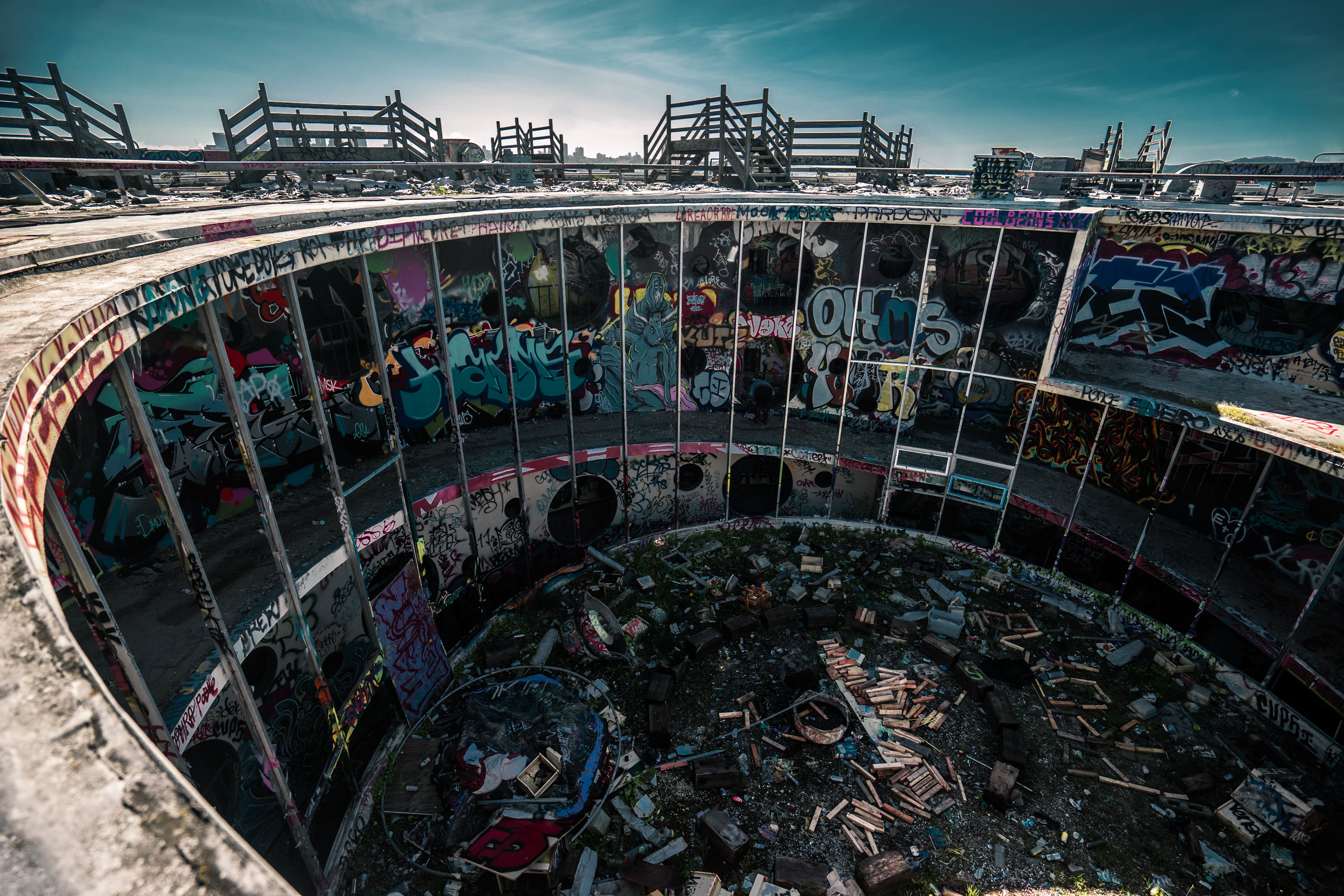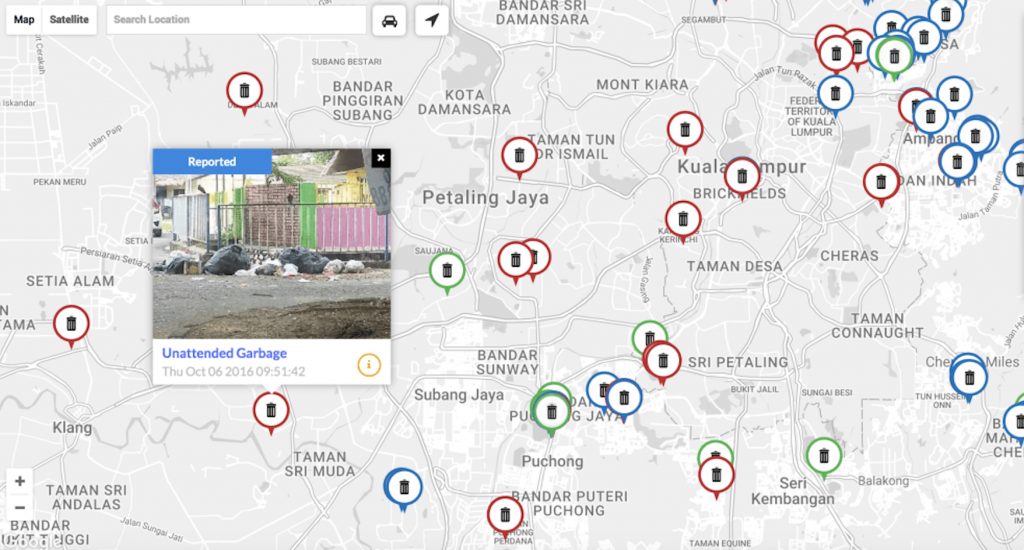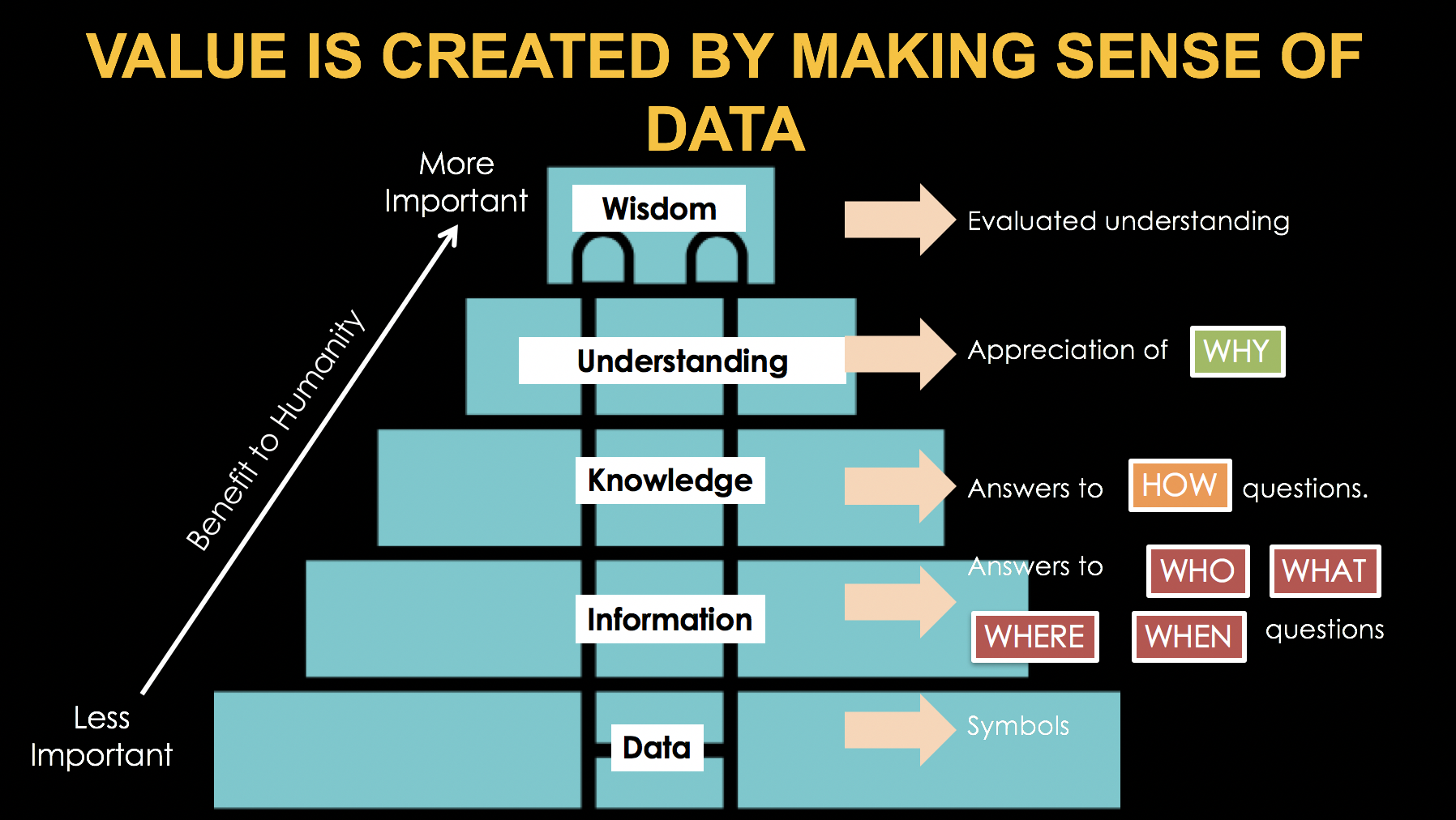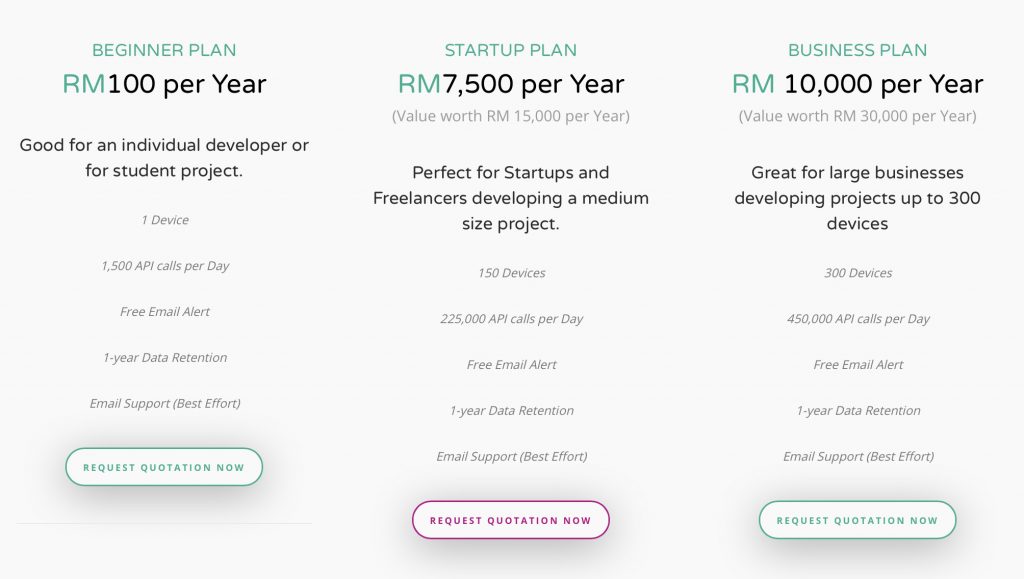How-To Develop a Smart Garbage Collection
October 21st, 2017 Posted by favoriotadmin SMARTCITY 0 thoughts on “How-To Develop a Smart Garbage Collection”

Finding a Solution to Your Unattended Garbage Issue
This will be the start of a series of “How-To” articles to develop IoT solutions. We will initiate the series with the problem of “Unattended Garbage” that posed a lot of complaints regarding the cleanliness and might cause the outbreak of diseases.

Value is created when you make sense of the right data. But before we start deploying sensors, we also need to define the business problems and the pain points from different stakeholders. Probably you need to gather a team from various stakeholders or maybe you can start defining yourself and later validated with stakeholders later.

Defining the Right Problem Statement
Problem Statement
- Who is collecting the garbage?
- What is the status of garbage bin?
- When was the garbage collected?
- Where is the location of full bins?
- How to plan the route of the trucks?
- How many days till the next collection?
- How much garbage is produced in an area?
- Why is the garbage truck not picking up garbage?
- Why is a particular area producing more garbage?
How-To
- Garbage level sensors on garbage bins and garbage trucks
- GPS on garbage trucks
- Network infrastructure (Wifi, 3G)
- IOT Middleware (FAVORIOT)
- Visualization dashboard
- Analytics
This is by no means a comprehensive step-by-step solution but it will help you to start your exciting journey in developing your own IoT solution. Feel free to add your suggestions.
Interesting Articles
- How-To Develop Smart River Monitoring
- How-To Develop Smart Garbage Collection
- How-To Develop Smart Flood Monitoring System
- How-To Develop Smart Agriculture Solutions
FAVORIOT offered a very affordable pricing plan as shown below:
The Beginner Plan is very suitable for University students who have been assigned or chose IoT project as their Final Year Project. A single device such as Raspberry Pi or Arduino that collects from several connected sensors can stream to the IoT platform. A simple dashboard is provided to visualize the measurements. This plan is also suitable for an individual developer or hobbyist that would like to familiarize with IoT platform, conduct self-learning or participate in IoT Hackathons. At RM 8.33 (or less than USD 2.00) per month, you can become the next Generation-IoT and on your way to be one of the rare talents in the job market today!
The Startup Plan is perfect for Freelancers or SMEs or Startups to provide IoT solution for a medium size project up to 150 devices. In fact, they can also create multiple projects or applications but limited to the total number of 150 devices.
The Business Plan is great for developing big commercial IoT project. It can support up to 300 devices for many smart applications. However, if a company requires connecting thousands of devices, they may contact/email their customised requirements to sales@favoriot.com 
About the Author
Dr. Mazlan Abbas the Co-Founder of FAVORIOT Sdn Bhd. He is an IOT Evangelist and a Thought Leader. He received an award as 50 Most Impactful Smart Cities Leaders by World CSR 2017. He is ranked No. 20th Thought Leader in IOT by 2014 Onalytics Report – “The Internet of Things – Top 100 Thought Leaders”, ranked Top 10 in IoT Top 100 Influencers by Postscapes 2016/2017, ranked Top 100 in Smart Cities Top Experts by Agilience Authority Index May 2016. You can reach him on LinkedIn or Twitter. Check all his presentation slides HERE.



